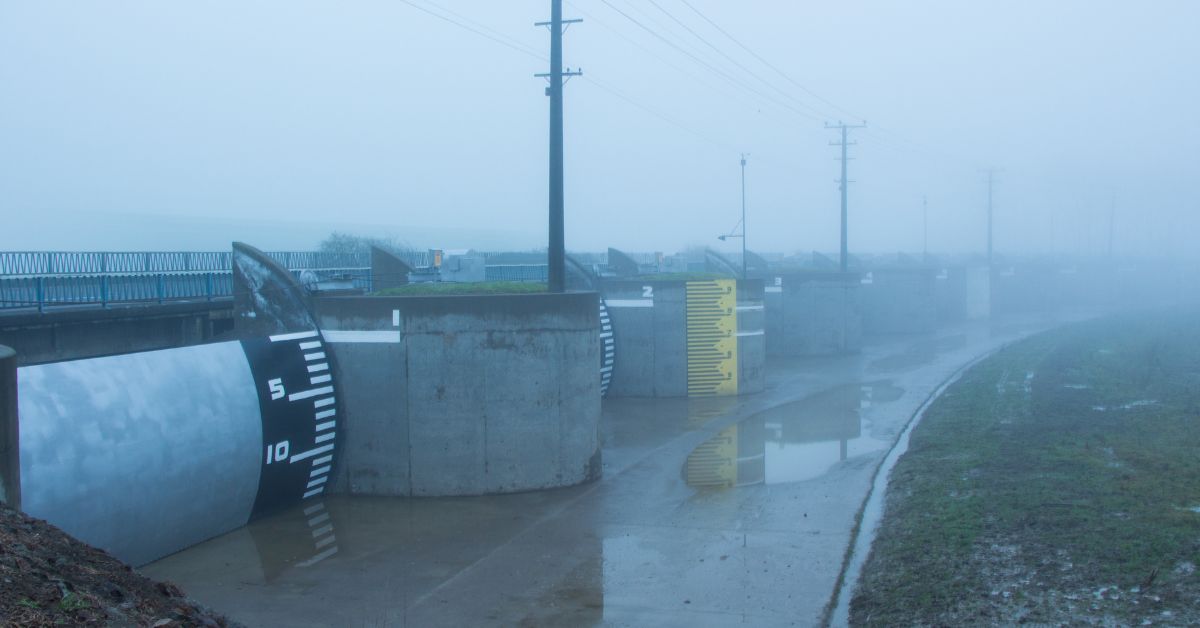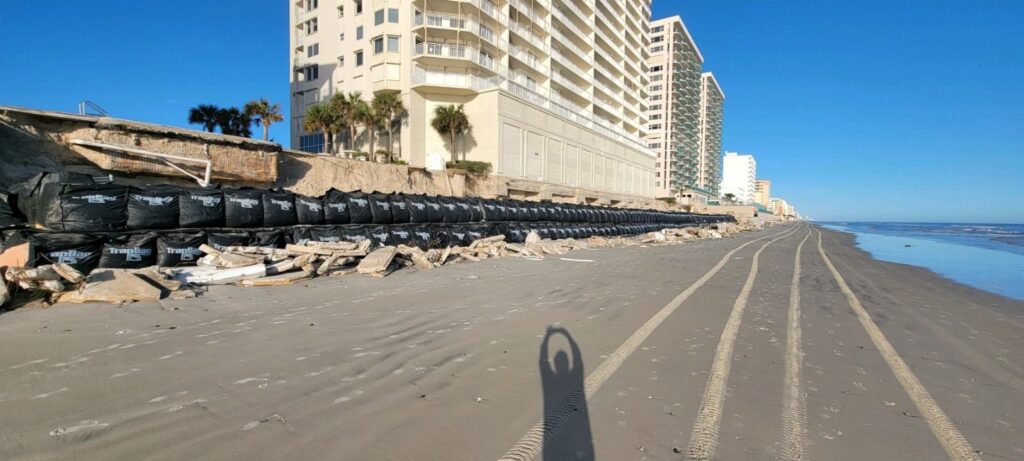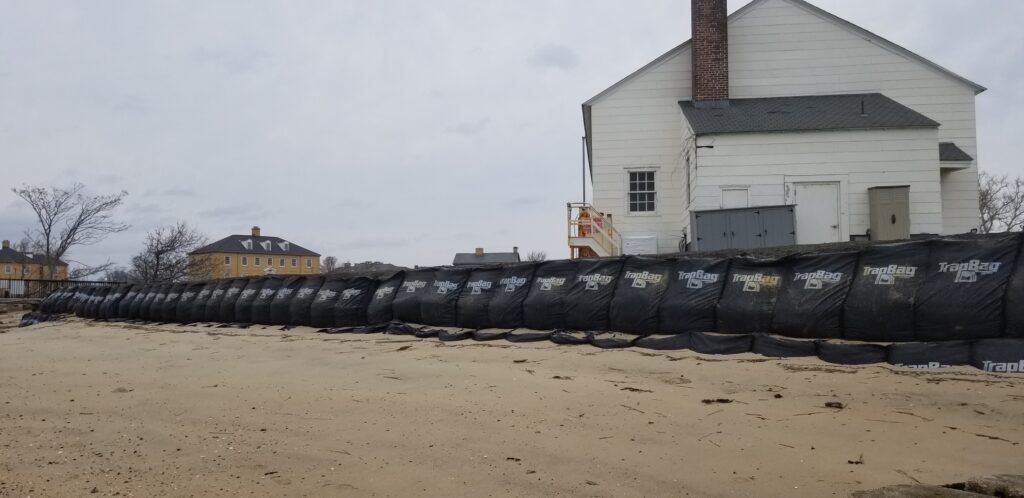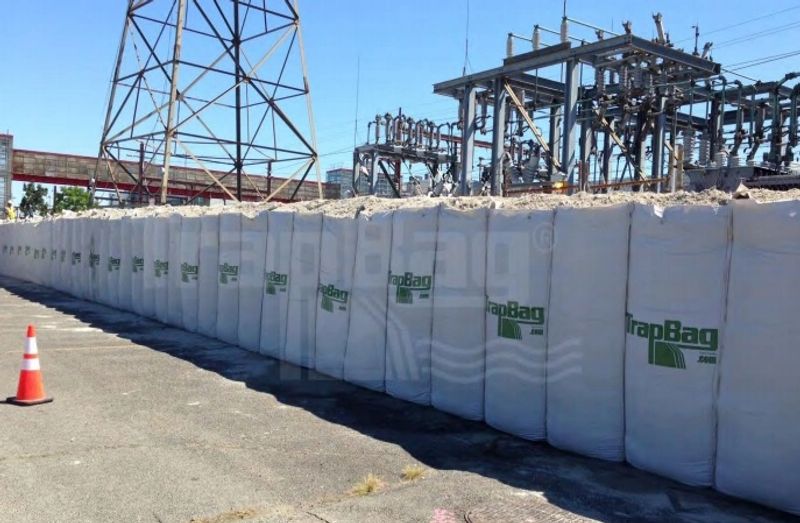TrapBag® Flood Protection in North Carolina
Rapid-Deployment Flood Barriers
With the right equipment and a small crew, TrapBag® flood barriers can be deployed in a fraction of the time of traditional sandbag walls. They are designed to withstand tens of thousands of pounds of water pressure and protect residences, businesses, and lives.
Learn More »Erosion Barriers
TrapBag® barriers are effective at protecting North Carolina’s vulnerable coastlines and riverbanks from the devastating effects of erosion. They support these sensitive areas and prevent soil or shoreline loss that can worsen future floods and storm surges.
Learn More »Projects
Who We Serve In North Carolina
TrapBag® protects multiple sectors and industries in North Carolina from flood and erosion damage.
Emergency Management Agencies
Every second counts before the storm hits. County and state emergency management crews across the US trust TrapBag® for fast, reliable flood protection. In North Carolina, these barriers offer better defense for properties in flood-prone parts of the state and can be deployed in hours instead of days.
Learn More »Environmental Protection Services
The barrier islands of North Carolina’s Outer Banks are extremely vulnerable during major hurricanes and tropical storms. Their coastal wetlands and marshes are at risk of washing away, which can destroy thousands of acres of habitats for local and endemic wildlife.
Environmental protection groups and agencies can use these barriers to protect the Outer Banks from worsening hurricane damage stemming from climate change.
Learn More »Construction & Infrastructure
Construction projects have stormwater containment regulations they must follow to protect local water supplies. Even more, infrastructure such as coastal highways and water treatment plants can be vulnerable to damage during coastal flooding events. TrapBag® is a cost-effective way to protect both of these operations, and the systems they support.
Learn More »What's At Stake?
Hurricane Vulnerability on the Outer Banks
From Emerald Isle to Corolla, the Outer Banks stretches 200 miles and has tens of thousands of year-round residents. However, these low-lying barrier islands are extremely vulnerable to storm surge. As the islands become more developed, the people living there face greater risks of losing their homes without proper intervention.
Coastal Erosion Statewide
Thousands of people and animals call North Carolina’s coastal areas home. However, with storm surges and the ocean’s constant wave action battering the shoreline, the area is at risk of destruction that could cost hundreds of millions of dollars in damage over the course of a few years without intervention.
Flash Flooding in the Mountains
The Piedmont and the mountains of North Carolina are vulnerable to flash flooding during severe rainstorms, which can be life-threatening in cities and remote areas alike. These can cause sudden damage and massive casualties, especially without proper warning or preparation.

Why Choose TrapBag?
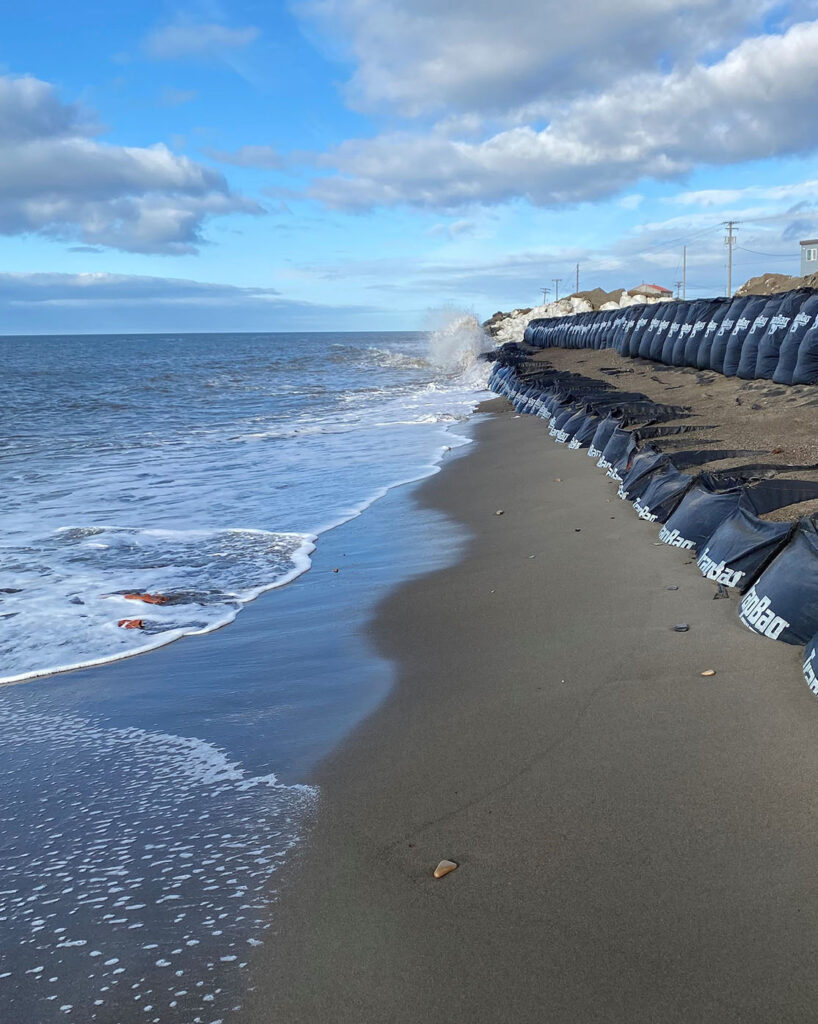
-

Fast Deployment
When every minute counts, you can deploy TrapBag® in a matter of hours—not days. For emergency situations and planned projects alike, deploy TrapBag® when and where you need it most.
-

Reliable Strength
Our state-of-the-art geotextile creates a barrier that withstands wave action during flooding events, as well as the slow deteriorating effects of shoreline erosion.
-

Efficient Design
TrapBag® is designed for fast and easy storage, transport, and installation. It can be implemented on all types of terrain and scaled for the size of your project.
-

Tried & Tested
Thousands of miles of TrapBag® barriers have been deployed worldwide. The U.S. Army Corps of Engineers has also tested their strength during major flooding conditions.
How TrapBag® Compares to:
Sandbags have been used for centuries to protect communities from flooding because they’re inexpensive and can be stacked to create taller barriers.
However, sandbags have a high margin of error that can cause them to give way when you need them the most. They’re also labor-intensive to fill and require more manpower than TrapBag®, all with subpar levels of protection.
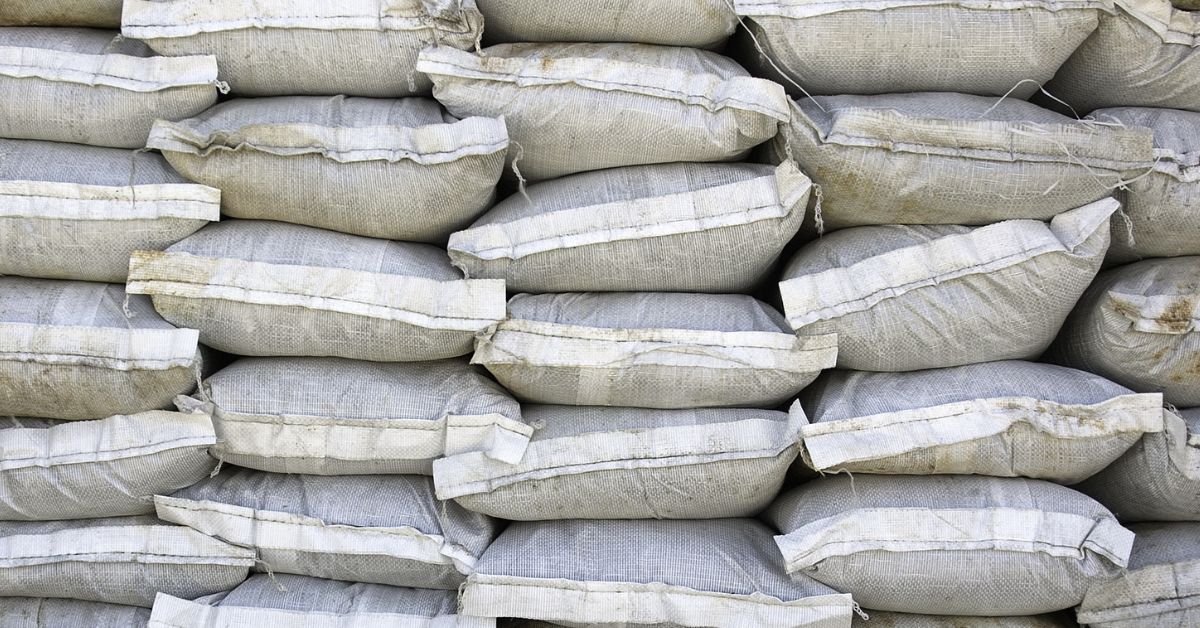
These barriers are designed to be filled with water and can divert floodwaters away from buildings and structures. Many are reusable, and thus can be cost-effective in some situations.
However, most water barriers aren’t more than a few feet tall. They also can’t withstand wave action of any kind. TrapBag® barriers start at 4 feet tall and can be stacked during major flooding events.
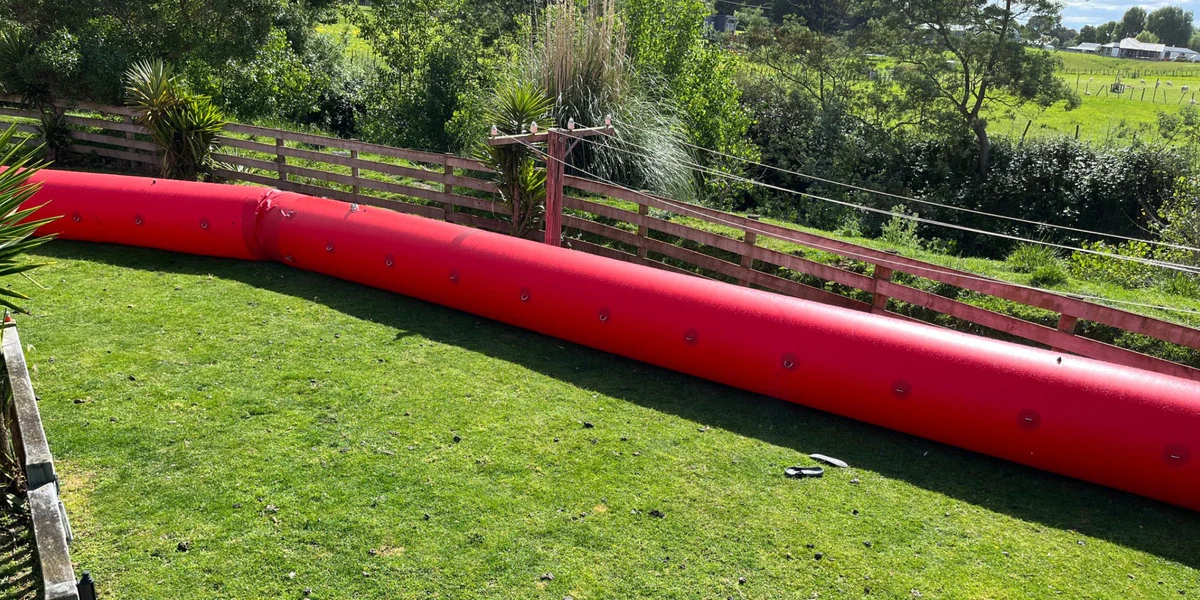
Flood-prone communities use floodgates and flood walls to prevent damage from frequent flooding in neighborhoods that are particularly vulnerable.
While they’re effective, floodgates are too expensive for many communities. TrapBags can serve as temporary flood protection barriers to protect these areas during emergencies, as well as a floodgate system for a fraction of the total cost.
